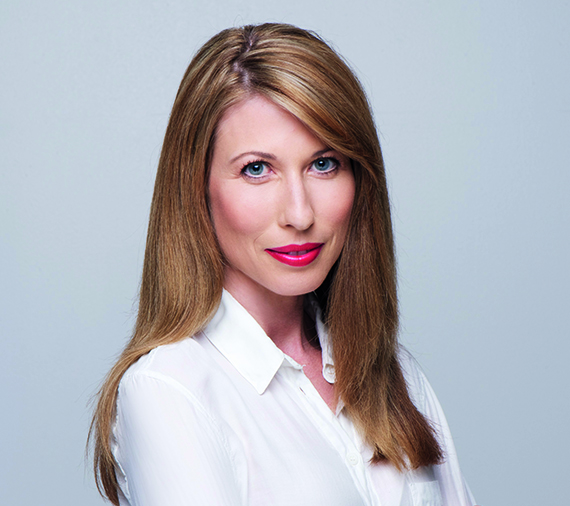
THE PARIS SEAMSTRESS
For readers of Lilac Girls and The Nightingale comes an internationally bestselling World War II novel that spans generations, crosses oceans, and proves just how much two young women are willing to sacrifice for love and family.
1940: As the Germans advance upon Paris, young seamstress Estella Bissette is forced to flee everything she’s ever known. She’s bound for New York City with her signature gold dress, a few francs, and a dream: to make her mark on the world of fashion.
Present day: Fabienne Bissette journeys to the Met’s annual gala for an exhibit featuring the work of her ailing grandmother –
For readers of Lilac Girls and The Nightingale comes an internationally bestselling World War II novel that spans generations, crosses oceans, and proves just how much two young women are willing to sacrifice for love and family.
1940: As the Germans advance upon Paris, young seamstress Estella Bissette is forced to flee everything she’s ever known. She’s bound for New York City with her signature gold dress, a few francs, and a dream: to make her mark on the world of fashion.
Present day: Fabienne Bissette journeys to the Met’s annual gala for an exhibit featuring the work of her ailing grandmother – a legend of women’s fashion design. But as Fabienne begins to learn more about her beloved grandmother’s past, she uncovers a story of tragedy, heartbreak and family secrets that will dramatically change her own life.
- Forever
- Paperback
- September 2018
- 464 Pages
- 9781538714751
About Natasha Lester
 Natasha Lester worked as a marketing executive for cosmetic company L’Oréal, managing the Maybelline brand, before returning to university to study creative writing. She completed a Master of Creative Arts as well as her first novel, What Is Left Over, After, which won the T.A.G. Hungerford Award for Fiction. Her second novel, If I Should Lose You, was published in 2012, followed by A Kiss from Mr Fitzgerald in 2016 and Her Mother’s Secret in 2017. The Age described Natasha as “a remarkable Australian talent” and her work has been published in numerous anthologies and journals. In her spare time Natasha loves to teach writing, is a sought after public speaker and can often be found playing dress-up with her three children. She lives in Perth.
Natasha Lester worked as a marketing executive for cosmetic company L’Oréal, managing the Maybelline brand, before returning to university to study creative writing. She completed a Master of Creative Arts as well as her first novel, What Is Left Over, After, which won the T.A.G. Hungerford Award for Fiction. Her second novel, If I Should Lose You, was published in 2012, followed by A Kiss from Mr Fitzgerald in 2016 and Her Mother’s Secret in 2017. The Age described Natasha as “a remarkable Australian talent” and her work has been published in numerous anthologies and journals. In her spare time Natasha loves to teach writing, is a sought after public speaker and can often be found playing dress-up with her three children. She lives in Perth.
Praise
Publishers Weekly Most Anticipated Books
BookBub Best Historical Fiction of Fall
“Fascinating and impeccably researched.”—Gill Paul
“A fantastically engrossing story. I love it.”—Kelly Rimmer
“Gorgeously rich and romantic.”—Kate Forsyth
“Intrigue, heartbreak… I cannot tell you how much I loved this book.”—Rachel Burton
“This rich, memorable novel unfolds beautifully from start to finish.”—Publishers Weekly, Starred Review
Discussion Questions
1. When Estella is sitting in a lifeboat in the middle of the ocean, she reflects that clothing has “power beyond the fabric and the thread and the pattern.” That clothing can give you courage, or comfort, or transform you into a different person. Do you have a piece of clothing that transforms you, or that makes you feel different, or that you choose to wear for certain occasions? Discuss the special meaning behind some of the clothes described in the book.
2. The idea of bravery, and of courage, is at the heart of the novel. At the Musée de l’Armée in Paris, Fabienne wonders if people are still capable of being as selfless now as they were during the war, of acting for a greater good rather than acting only for themselves. What do you think? Has contemporary life has diminished the concept of bravery, and are heroes now defined in a different way?
3. Estella’s mother makes a very difficult decision when she decides to leave one of her babies behind with the Thaw family. What other choice could she have made? Was another choice even possible at that time in history? How did you judge her for the decision she ultimately made?
4. Estella works as a copyist in Paris, copying designs at fashion shows and selling the illustrations to American department store buyers. Were you surprised to learn that fashion’s long history of copying stretches back so far? Was there anything else that you learned about the fashion industry in the book that surprised you, or was there anything you hadn’t previously known about the industry and its history?
5. In the author’s note at the back of the book, the author says that she wanted to look at the long and difficult legacy left for women when men are allowed to do terrible things, over and over, and without punishment. Have things changed in contemporary life? What do you think of the idea that, while sometimes historical fiction shows us how far we’ve come, sometimes it also shows us how far we still have to go?
6. Fabienne argues with her boss at the Powerhouse Museum that fashion should be seen as art rather than fad. Is fashion art? Is haute couture just a senseless waste of money or can it be compared to purchasing a painting, or a sculpture? Do you “consume” fashion – buying seasonal pieces and then not wearing them again once the trend has passed? Discuss your own attitude to fashion, and the attitudes of some of the characters in the book.
